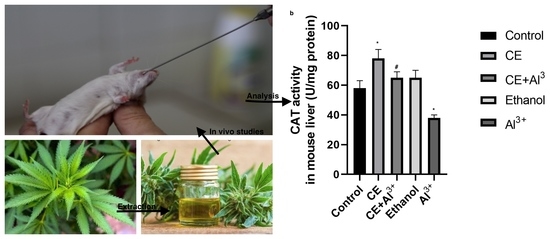“Myrcene (β-myrcene) is an abundant monoterpene which occurs as a major constituent in many plant species, including hops and cannabis. It is a popular flavouring and aroma agent (food additive) used in the manufacture of food and beverages. This review aims to report on the occurrence, biological and toxicological profile of β-myrcene. The main reported biological properties of β-myrcene-anxiolytic, antioxidant, anti-ageing, anti-inflammatory, analgesic properties-are discussed, with the mechanisms of activity. Here we also discuss recent data regarding the safety of β-myrcene. Overall, β-myrcene has shown promising health benefits in many animal studies. However, studies conducted in humans is lacking. In the future, there is potential for the formulation and production of non-alcoholic beers, functional foods and drinks, and cannabis extracts (low in THC) rich in β-myrcene.”
“β-Myrcene characteristically gives cannabis strains a mildly sweet flavour profile and provides scent notes that are spicy, earthy and musky. Cannabis strains which contain high concentrations of myrcene (>0.5% myrcene), are likely to induce sedative qualities (“couch-lock effect”), which are classically attributed to Cannabis indica Lam (a synonym of C. sativa L.) strains. On the other hand, strains low in β-myrcene (<0.5%) are likely to induce a more energic “high”.β-Myrcene reported biological activities include analgesic, sedative, antidiabetic, antioxidant, anti-inflammatory, antibacterial, and anticancer effects.”
https://www.frontiersin.org/articles/10.3389/fnut.2021.699666/full


 “Proteins from hemp bran (HPB), a byproduct of the hemp seed food-processing chain, were chemically extracted, hydrolyzed by Alcalase, and separated by membrane ultrafiltration into four fractions (MW <1, 1-3, 3-5, and >5 kDa).
“Proteins from hemp bran (HPB), a byproduct of the hemp seed food-processing chain, were chemically extracted, hydrolyzed by Alcalase, and separated by membrane ultrafiltration into four fractions (MW <1, 1-3, 3-5, and >5 kDa). 
 “Background:
“Background:  “In recent decades, a lot of attention has been paid to Cannabis sativa L. due to its useful applications, including in fibers, oil, food for humans and animals, and therapeutics.
“In recent decades, a lot of attention has been paid to Cannabis sativa L. due to its useful applications, including in fibers, oil, food for humans and animals, and therapeutics.
 “Background:
“Background:  “Objectives:
“Objectives:  “Cannabidiol (CBD), a phytochemical derived from
“Cannabidiol (CBD), a phytochemical derived from  “Background:
“Background: